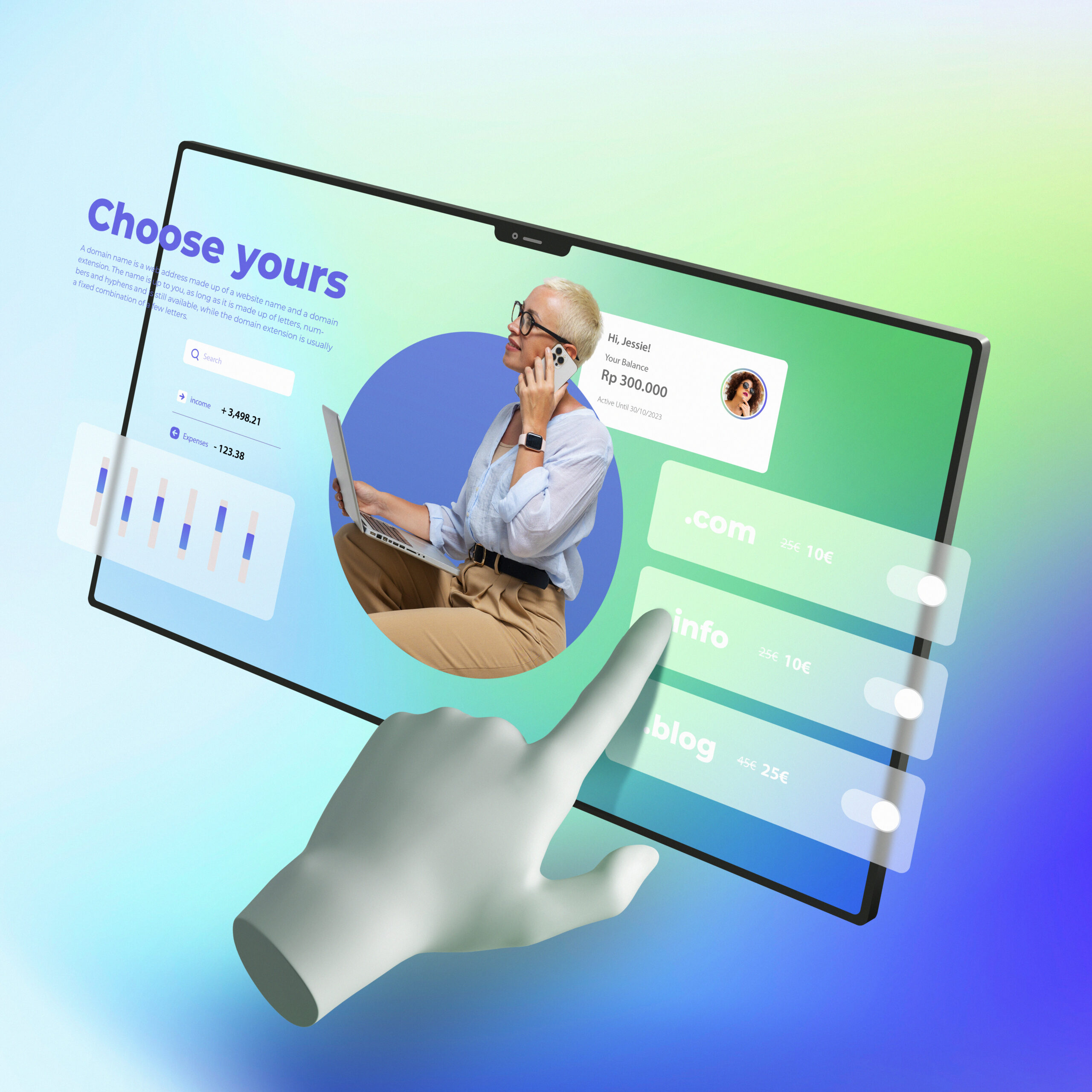



Graphic design is a vital component of visual communication, blending creativity and technology to convey messages in an aesthetically pleasing and effective manner. From logos and branding to websites and advertisements, graphic design is everywhere, influencing how we perceive and interact with the world around us. In this blog post, we’ll explore the fundamentals of graphic design, its importance, key principles, and tips for aspiring designers.
Graphic design is the art and practice of planning and projecting ideas and experiences with visual and textual content. It involves creating visual content to communicate messages through typography, imagery, color, and layout. Graphic designers use various design tools and software to create visual concepts that inspire, inform, and captivate consumers.
In a world where attention spans are short, making a strong first impression is crucial. Well-designed graphics can grab attention and convey professionalism, making your brand or message stand out.
Consistent and visually appealing graphic design helps in building a strong brand identity. It communicates your brand values and helps in creating a memorable and recognizable image.
Effective graphic design simplifies complex information, making it easier for the audience to understand. Infographics, charts, and diagrams can convey data and ideas more effectively than text alone.
Visual content is more engaging and shareable than plain text. High-quality graphics can increase engagement on social media, websites, and other platforms, driving more traffic and interaction.
Balance refers to the distribution of visual weight in a design. It can be symmetrical (evenly distributed) or asymmetrical (unevenly distributed but still balanced). Achieving balance ensures a design is visually appealing and stable.
Contrast involves using different elements, such as colors, shapes, and sizes, to create visual interest and highlight important areas. High contrast can make certain elements stand out, while low contrast can create a more harmonious look.
Alignment is the arrangement of elements in a way that creates order and organization. Proper alignment ensures that nothing feels out of place, providing a clean and structured appearance.
Proximity refers to the spatial relationship between elements. Grouping related items together and separating unrelated items helps in organizing information and improving readability.
Repetition involves using consistent elements, such as colors, fonts, and shapes, throughout a design to create unity and cohesiveness. It reinforces brand identity and helps in creating a polished look.
Hierarchy is the arrangement of elements to show their importance. By using different sizes, colors, and positions, designers can guide the viewer’s eye to the most important information first.
Color plays a significant role in graphic design, influencing mood, perception, and brand recognition. Understanding color theory and using the right color combinations can evoke specific emotions and reactions.
Typography involves the selection and arrangement of fonts to make text readable and visually appealing. Good typography enhances readability and complements the overall design.
Understanding the basic principles of design is essential. Study design theory, color theory, and typography to build a strong foundation.
Familiarize yourself with industry-standard design software like Adobe Creative Suite (Photoshop, Illustrator, InDesign) or alternatives like Affinity Designer and GIMP.
Create a portfolio showcasing your best work. Include a variety of projects to demonstrate your skills and versatility. A strong portfolio is crucial for attracting clients and employers.
Follow design trends and draw inspiration from other designers. Explore websites like Behance, Dribbble, and Pinterest to discover new ideas and techniques.
Design is a skill that improves with practice. Take on personal projects, participate in design challenges, and experiment with different styles to refine your abilities.
Constructive feedback is invaluable for growth. Share your work with peers, mentors, or online communities to gain insights and improve your designs.
Successful design meets the client’s objectives and resonates with the target audience. Always listen to the client’s requirements and tailor your designs to meet their goals.
Graphic design is an ever-evolving field. Stay updated with the latest trends, tools, and techniques by taking courses, attending workshops, and reading design blogs.
Graphic design is a powerful tool that combines creativity and strategy to communicate messages visually. By mastering design principles, honing your skills, and staying inspired, you can create impactful designs that captivate and engage your audience. Whether you’re an aspiring designer or a business looking to enhance your visual communication, understanding the art and science of graphic design is key to success in today’s visually driven world.
No Related Post